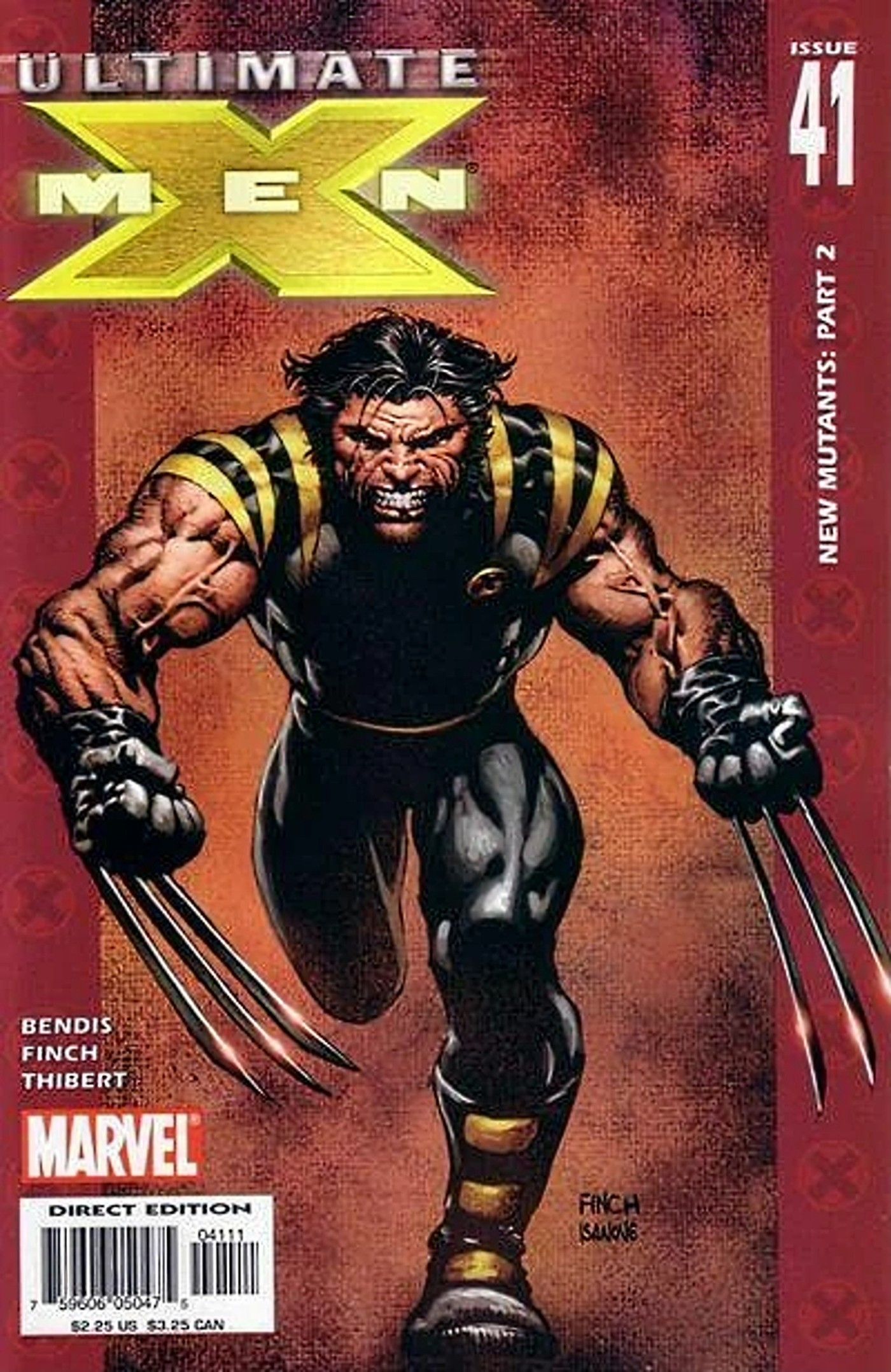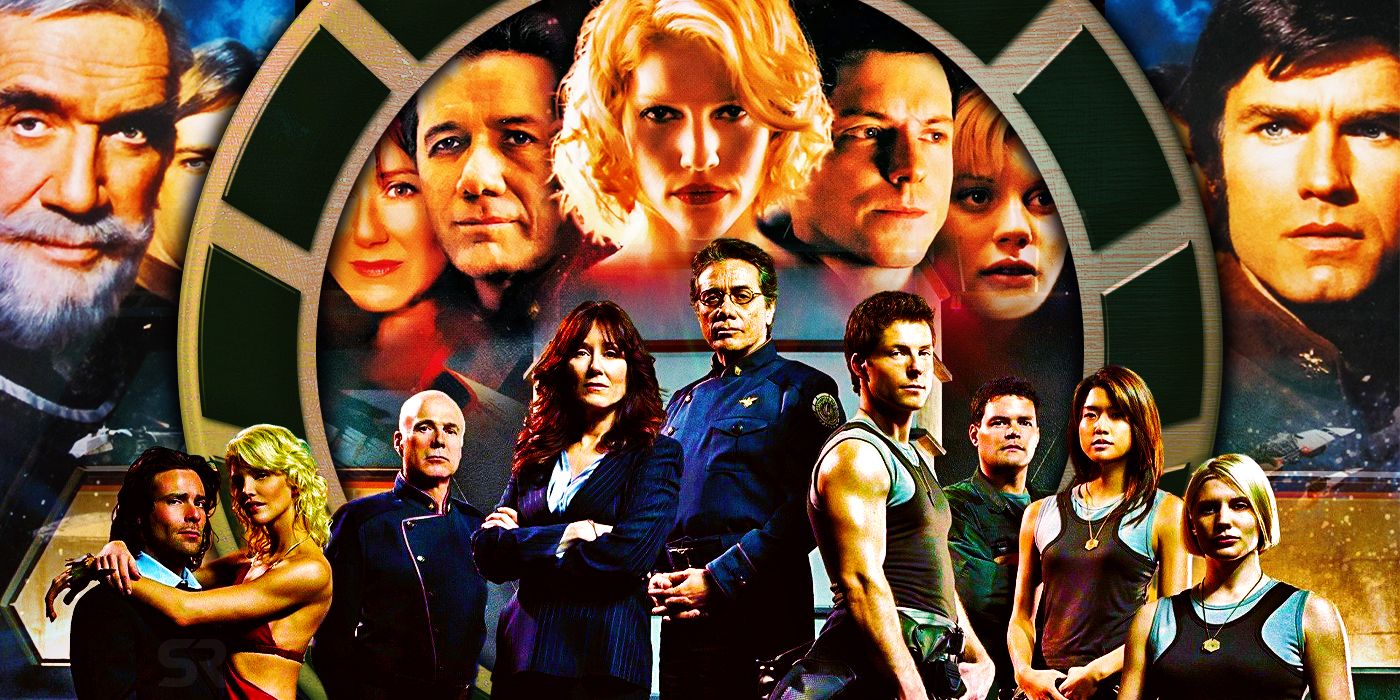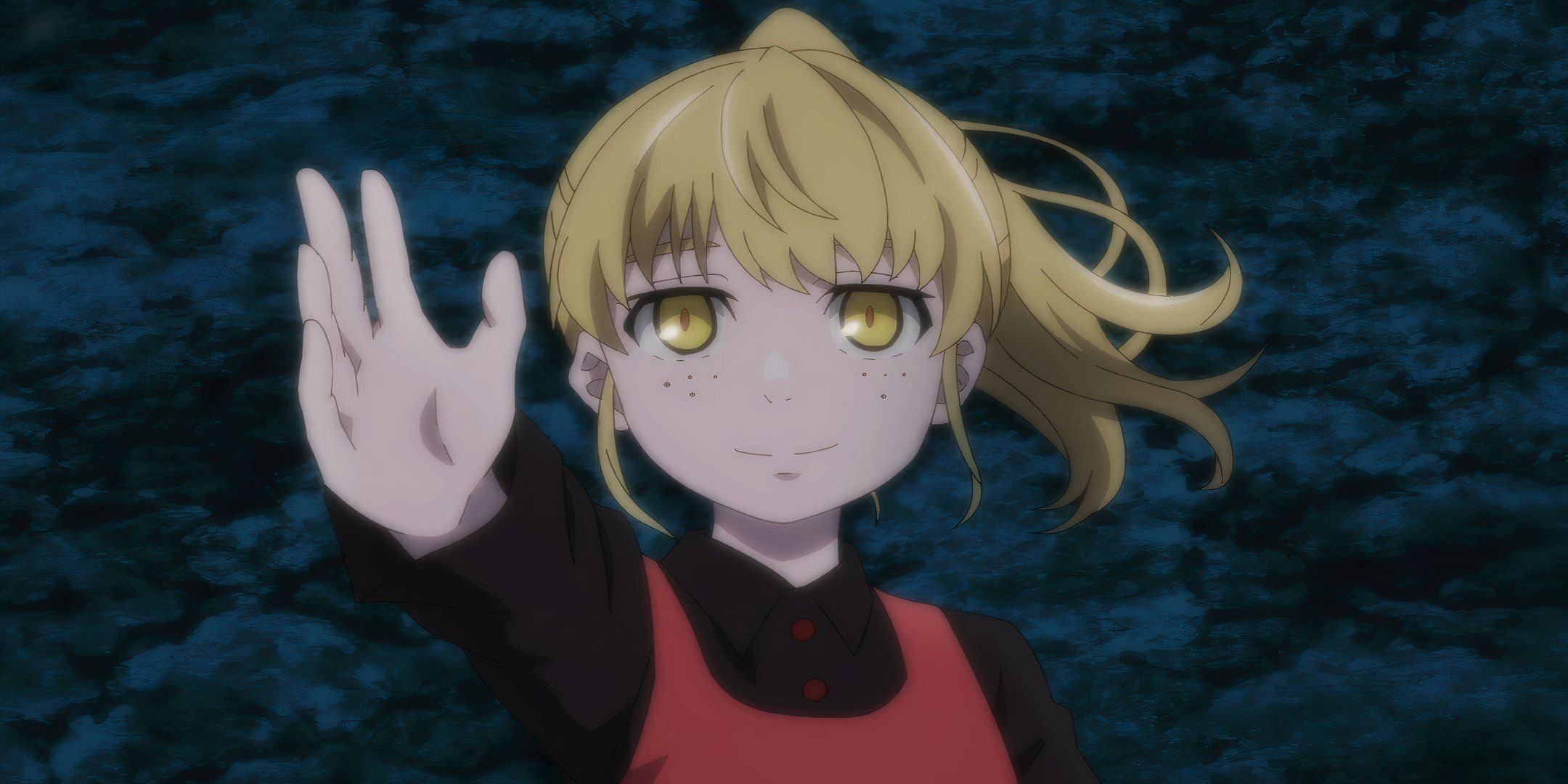With Marvel’s Ultimate line of comics returning after a nearly decade-long absence, the creators of this new iteration should look to the stand-out moments of the original Ultimate runs for guidance on how to approach this fresh Marvel continuity – including taking cues from one of the company’s darkest stories ever, an Ultimate X-Men one-shot that remains controversial among readers to this day.
Ultimate X-Men #41 – written by Brian Michael Bendis, with art by David Finch – featured Wolverine on a solo mission, sent to eliminate a deadly mutant, one that only he can get close to. Unfortunately, as it turns out, the mutant is a teenage boy, whose powers inadvertantly killed his entire hometown upon activating.

By their nature, the teenager’s powers are lethal to anyone who gets too close to him – except mutants with extraordinary healing abilities, such as Wolverine. The Ultimate Universe carved out its niche by being gritty, and more grounded in “realism” than the main Marvel continuity, but this was by far its darkest moment.
Wolverine’s Bleakest Mission Holds Lessons For Ultimate Marvel 2.0
Ultimate X-Men #41 made it clear that Wolverine was sent to kill the mutant kid, which he ultimately does – though not before they have one final gutwrenching conversation about life and the nature of being a mutant, which comprises the majority of the issue. Though this side story may have been a minor aside in the overall trajectory of Ultimate X-Men’s narrative, in retrospect, it has proved to be one of the most memorable issues of the series, for better or worse. The issue is undoubtedly one of the most pure examples of the Ultimate line’s potential to do things with iconic Marvel characters that the main continuity never could, or never would.
Ultimate Marvel is, in essence, an extended, ongoing What If…? story, providing creators opportunities to take characters into unfamiliar territory, to put unexpected spins on familiar beats, to play with tropes in refreshing new ways. The original run of Ultimate titles – which spanned hundreds of issues, from 2000’s Ultimate Spider-Man #1 to 2015’s Secret Wars – was consistently at its best when it embraced this mandate, telling truly novel stories featuring familiar Marvel heroes and villains. Not all fans like Ultimate X-Men #41’s story, but it is undeniably one of the best examples of the Ultimate concept realizing what it was intended to do.
Out Of Darkness Can Come Light

Often, Ultimate Marvel reached for darker, edgier storytelling in order to accomplish the goal of telling unprecedented Marvel stories – while the new incarnation of the Ultimate Universe will certainly have its dark corners, and its fraught plotlines, the essence of what makes Ultimate X-Men #41 a valuable influence lies not in its darkness, but in the way it pushes the boundaries of what an X-Men story, what a Marvel story, can be. Contemporary comic book storytelling is closer in tenor and style to Ultimate X-Men #41, a twenty-year-old issue, than that story was to the X-Men stories of the 1980s, but the spirit of what the issue can still be influential.
With the recent reveal that the rebooted Ultimate Spider-Man will feature an adult version of Peter Parker – married to Mary Jane, raising two kids, in addition to his crimefighting career – it is clear that Marvel’s intention is for its upcoming Ultimate titles to push their characters in new directions, offering concrete alternatives to the current main Earth-616 Marvel continuity. Though the precise purpose of the new Ultimate imprint differs from the original, the ability for these stories to redefine classic Marvel figures remains as potent as it was when Ultimate X-Men #41 , one of the imprint’s defining issues, was first released.





